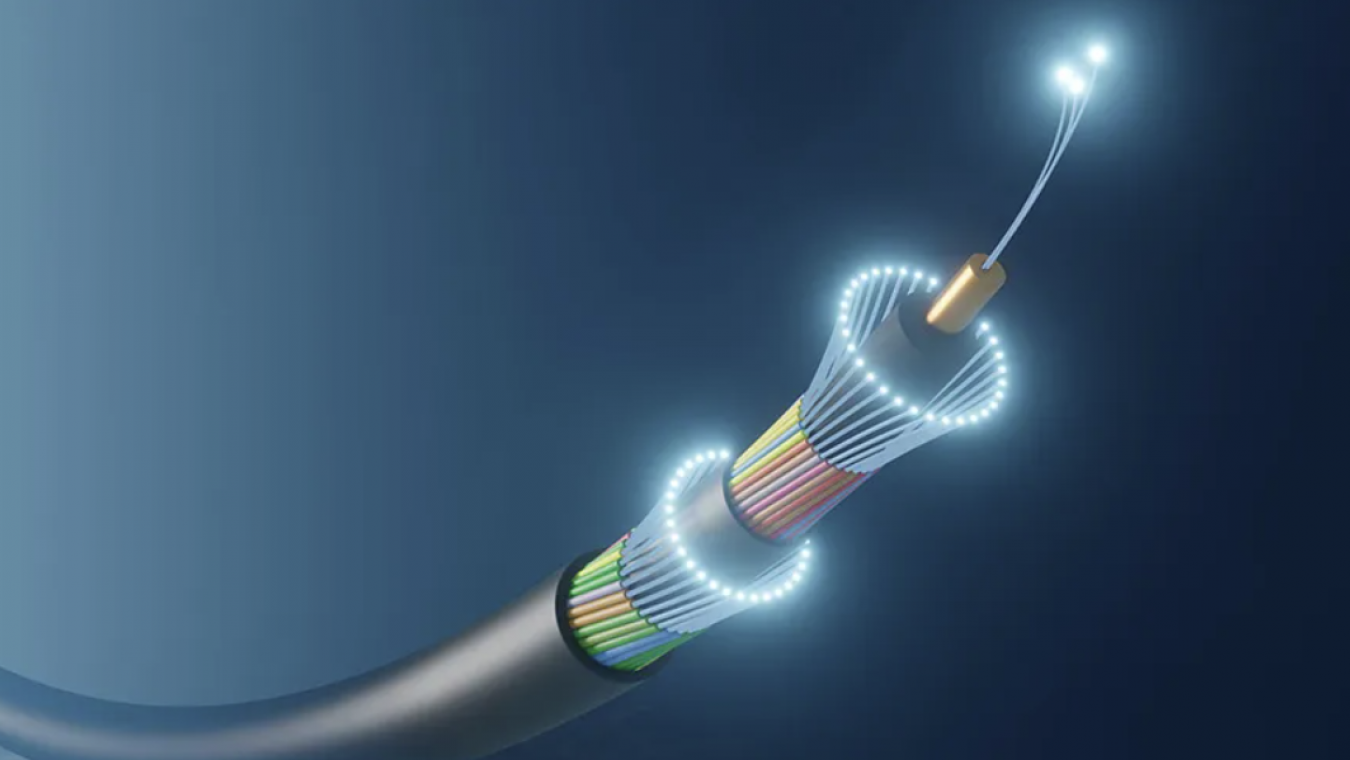Tapping into the ground: terrestrial applications of Distributed Fibre Sensing

Why fibre sensing?
In the past few years, fibre sensing has emerged as a hot new topic at prestigious events like the Optical Fiber Communication (OFC) conference, or in publications from industry and policy, including the European Commission (EC) and National Science Foundation (NSF). In this introductory article, we won’t go deep into different state-of-the-art technologies, subtle light properties used to detect unwanted events along the fibre, or AI-assisted learning. Nor will we focus on fibre sensors for medical, healthcare or control applications. Instead, we will look at terrestrial fibre sensing applications using telecommunications and data fibre networks, with a focus on two standard sensing technologies: Distributed Acoustic Sensing (DAS) and State of Polarization (SoP). DAS is the de facto standard technology that is based on well-known OTDR principles. It usually tends to generate large volumes of data. SOP, perhaps less familiar within the NREN community, is based on a principle many will recognise from antireflection sunglasses or camera lenses. It’s used less frequently but produces a reasonable amount of data.
Terrestrial and submarine worlds
When we talk about data fibre networks, they can generally be divided into two basic categories: terrestrial and subsea/submarine. This article focuses on the former: terrestrial applications and their users.
To some, submarine use cases might seem more interesting. For instance, monitoring, identifying and recording fascinating events like singing whales or serious matters like cable cuts and potential sabotage, which in recent years have gained a lot of attention in the context of international security. On the other hand, terrestrial applications might not appear as attractive, because everybody can hear singing birds without expensive sensing equipment, and there are also other ways to monitor these events, as with drones and electric sensors.
So, what can be done with terrestrial fibre sensing? If I were to summarize the table below, I would point out one common denominator – the ability of terrestrial fibre sensing to ‘Secure Everything’ by detecting vibration and temperature changes along fibres. Distributed Fibre Sensing for Terrestrial Applications and Users (DFS-TAU) may be summarised in the following Table 1 (which is by no means definitive or general).
Table 1: Main areas for Distributed Fibre Sensing deployment together with Potential Terrestrial User Groups
Use Case: DFS on Steel Wheels
While many fibres are buried along the highways and railroads, DFS applications are not typically used for checking timetables of trains. At this point however, in line with the famous book “Three Men in a Boat” by Jerome K. Jerome, we would argue that any instrument that may help to keep trains on time is very useful, even in this century. In fact, DFS can detect and record the wheel load and velocity of passing vehicles with high precision. It can also be complementary to standard security systems by detecting direction of movement, potentially avoiding fatal train crashes.
In October 2024, DFS equipment was tested at the VUZ (Research Institute of Railways) Test Centre facilities in Velim, Czech Republic as part of activities by PROFiber Networking EU. Results were very promising, with the successful detection of different trains. The system used during these measurements was based on DAS principles using ‘low-cost coherent lasers and electronics’. This can be seen as a budget-friendly version of DAS, sometimes referred to as Distributed Vibration Sensing (DVS). DVS can be seen as non-coherent data transmission using amplitude modulation, whereas DAS can be compared to modern high-speed data transmission with advanced modulation schemes and very advanced Digital Signal Processing (DSP).
There are also many other use cases of terrestrial fibre sensing. See resources 1–4 in the reference list below for more research papers devoted to fibre sensing on terrestrial optical fibres.
Conclusions
Fibre sensing for terrestrial applications is not as known as submarine fibre sensing, but its potential and possibilities are numerous. While some user groups are interested in alerts and ‘intrusion detection’ applications, others are interested in data processing and analysis.
And the field is still growing. Recent news and research papers from prominent conferences like OFC 2025 continue to investigate more and more terrestrial sensing applications: road, railway deformations, anomaly detection like leakages, and SMART cities development, just to name a few.
In conclusion, we believe fibre sensing should not be seen as niche, exclusive, or limited to specific institutions. Like the Internet in recent decades, it has the potential to become a powerful and widely accessible technology for everybody.



